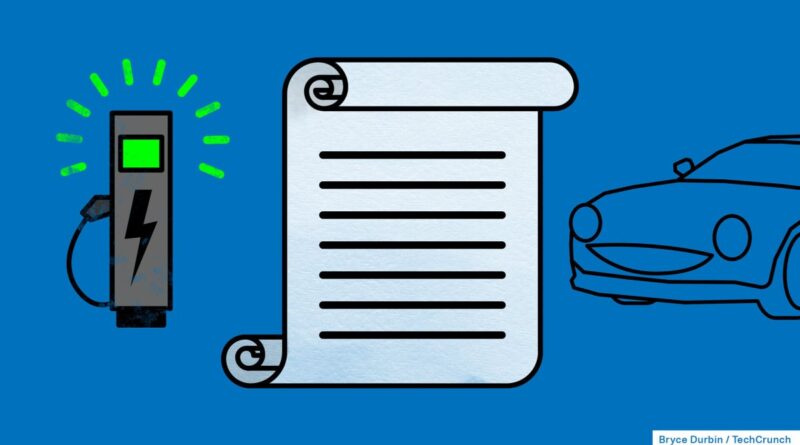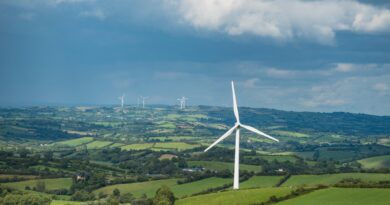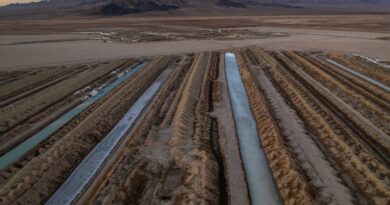Seven things every EV fast-charging network needs
People love their electric vehicles. In survey after survey, the vast majority of EV owners say that their next car will also be electric. EVs score top marks nearly across the board except one: fast charging.
While most people do almost all of their charging at home, fast charging is still a critical piece of EV ownership. For some people, it enables them to buy an EV even if they don’t have access to a charger at home. For others, it’s what makes road trips possible.
Unless you own a Tesla, the fast-charging experience has always been something of a mixed bag. That’s certainly been my experience. In the past, I’ve had reasonable success in finding working chargers that deliver good speeds. But over the long Fourth of July holiday weekend, things weren’t just bad, they were terrible.
It didn’t leave me optimistic about the future of fast charging. I’ve owned an EV since 2015 and can remember when 50 kW was considered “fast” charging. While most of my charging is done at home, I’ve used half a dozen major networks and countless random Level 2 chargers. Last fall, I rented a Tesla in part to experience the Supercharger network. You could say that I’m well versed in the EV experience.
That’s why this past weekend left me appalled with the state of non-Tesla fast charging. Over just 350 miles of round-trip driving, I encountered a laundry list of EV charging snafus.
Before we even started the trip, I ruled out several locations because they were only partially operational. Once on the road, the first charger I tried broke shortly after plugging in. The next one, a slower one, wouldn’t start because it thought I was still charging on the broken one. Yet another location appeared to have two operational plugs, though one of them trickled electrons slower than my at-home equipment.
I called customer service no fewer than three times. They were helpful on one occasion. I had painful experiences at both Electrify America and ChargePoint, two of the country’s “leading” non-Tesla charging networks. Though based on surveys, it probably wouldn’t have been different had I tried to use any of the others.
If the U.S. is going to be prepared for the tidal wave of EVs that’s coming, it had better get its charging infrastructure in order, fast. EV drivers deserve better than what they have today. Here are seven things — a bill of rights, if you will — outlining what’s needed to make fast charging a practical reality for the road-going public.
Article I: Working chargers
You’d think this would be the bare minimum required to operate a charging network, yet here we are. A study of San Francisco Bay Area Combined Charging System (CCS) equipment last year showed that more than a quarter were broken. That figure more or less jibes with a recent survey of EV drivers that showed over a third had encountered broken hardware.
Given my experience over the weekend, I’d wager that those figures are conservative. As more people buy EVs, public charging equipment is getting more use, which adds to wear and tear. Given that maintenance was already abysmal, it’s likely that conditions are worsening. They’re probably at rock bottom along heavily trafficked corridors on holiday weekends, exactly the time the driving public has the least patience for problems.
Seven things every EV fast-charging network needs by Tim De Chant originally published on TechCrunch





